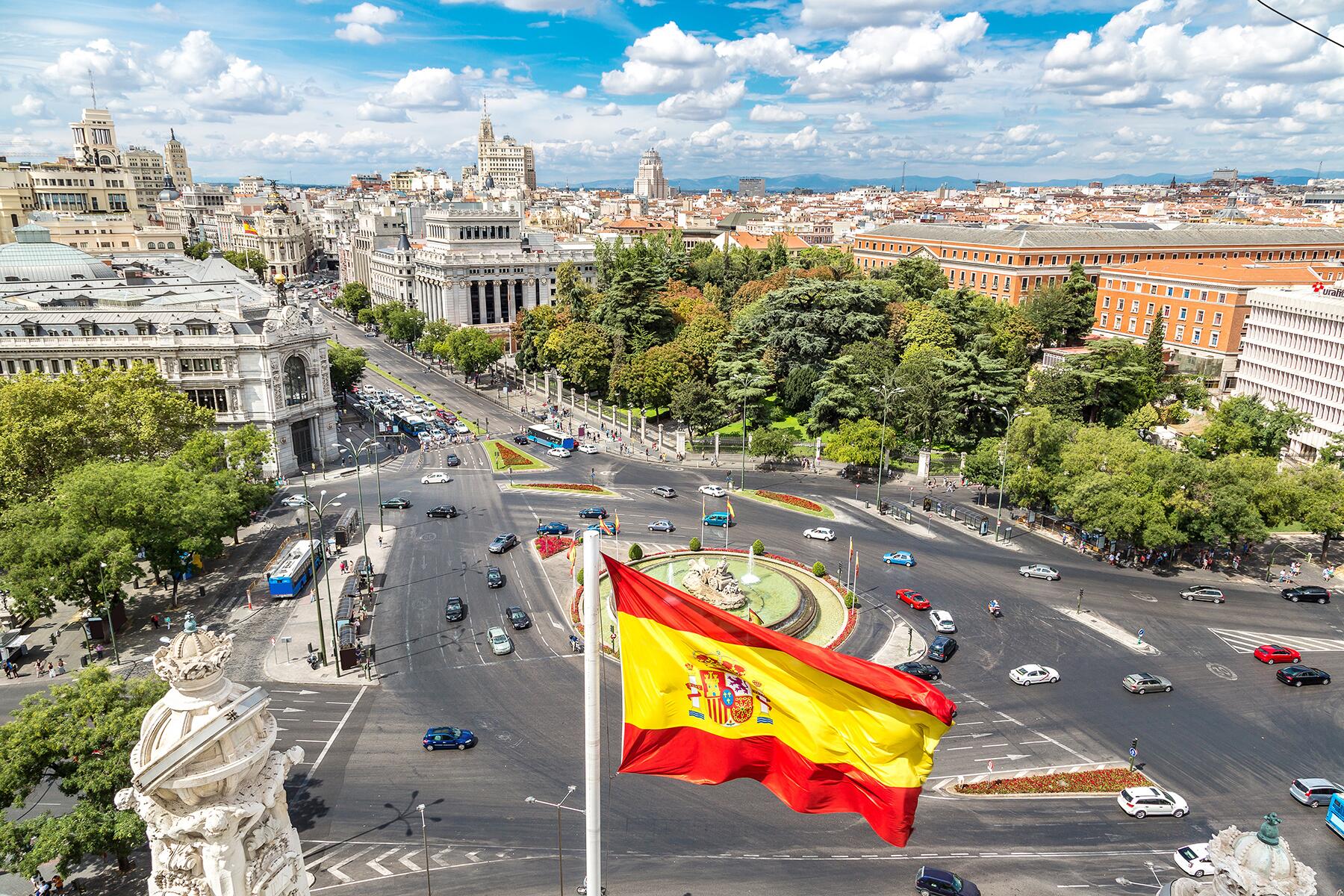Germans love their cars enough to pick up their new one at the factory, something akin to bringing home a new baby from the hospital. The five big German car manufacturers—Audi, BMW, Mercedes-Benz, Porsche, and Volkswagen—have fueled the passion with museums, factory tours, restaurants and other car-themed attractions to enjoy, even if you aren't buying a new car. Here's a guide to their museums and hometowns, where you'll gain a new appreciation of how the motorized carriage changed the world.
Audi, Ingolstadt
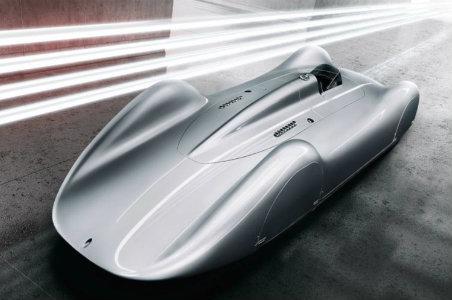
The Audi Forum displays vehicles from Horch, DKW, Auto Union, and Wanderer, the brands which merged to form Audi, plus examples of Audi racecar history and technical displays, including the R18 hybrid racecar. Add a factory tour to the museum visit for the full experience.
History: One hour from Munich, Ingolstadt is where the German Beer Purity laws were written in 1674, and which still govern brewing. The city is old enough that its Neue Schloss (New Castle) dates from the 1400s, replacing one from the 1200s. It now contains the country's largest collection of medieval arms and armor. Audi moved here at the end of WWII from Dresden, in what became East Germany, so it could sell cars in the West.
Also See: Assamkirche (Assam Church), built in the 1730s, features an optical illusion painted into the ornate ceiling. No matter where you walk, when you look up, it appears that an archer's bow is following you.
Recommended Fodor’s Video
BMW, Munich
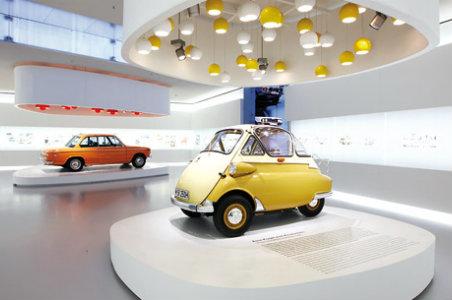
BMW Welt (World) sits inside Munich Olympic Park, the site of the 1972 summer games. One building houses a car, motorcycle, and boat showroom—where everybody stops to applaud owners picking up their new cars. The museum focuses on BMW's technology and design, past and future, including an original one-door Isetta from the 50s, BMW brands Rolls-Royce and Mini, and examples of art cars painted by artists such as Jeff Koons.
History: Founded in the 12th century, Munich seems to be most famous today for its gargantuan Oktoberfest each fall. BMW, which stands for Bavarian Motor Werks, began as an aircraft and engine manufacturer in 1916 and switched to cars after WWII. It’s an ongoing debate whether the pie-shaped BMW logo represents the blue and white Bavarian flag, an airplane propeller, or both.
Also See: The Residenz (Royal Palace), home of Bavaria's ruling dukes from 1363 to 1918, contains a family portrait gallery longer than a football field, and an astounding collection of royal diamonds, emeralds, and other jewels in the form of crowns, scepters and necklaces.
Mercedes-Benz, Stuttgart
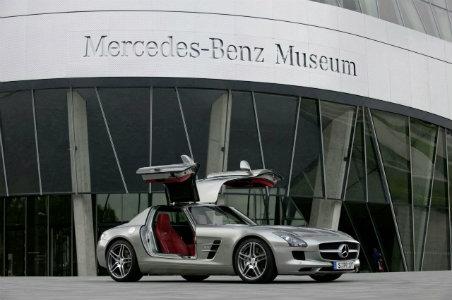
The Mercedes Museum displays vehicles in a historic timeline. A glass elevator takes you to 1888 to see contraptions designed by Gottlieb Daimler and Carl Benz. Follow the circular ramp to successive decades, including the iconic 1950s gullwing roadster, the 300SL, and a 1936 500K roadster, the most powerful street vehicle of its time, which cost the equivalent of $500,000 in today's dollars. A sophisticated, multi-track audio guide, free with museum admission, lets you choose from historic, social, and technical interpretations at each stop. The track for kids offers insights for grown-ups, too.
History: The sixth largest city in Germany, and one of its wealthiest per capita, Stuttgart was settled originally as a Roman fort for its mineral springs, which still attract devotees. Mercedes moved here in 1926.
Also See: The Stadtgalerie (State Gallery) contains one of the finest art collections in Germany, with a treasure trove of Medieval and French Impressionist art.
Porsche, Stuttgart
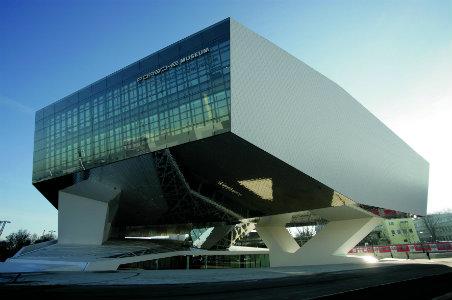
This sleek white museum in the Stuttgart suburb of Zuffenhausen expands upward and outward from the street, much like a sports stadium. The racecar section includes a 1922 Austro-Daimler and 2008 Penske RS Spyder. Hundreds of racing trophies are suspended from see-through filaments that make them appear to be floating in mid-air. The non-racing collection includes an original Type 64 vehicle (better known as the Beetle) designed by Ferdinand Porsche for the company that became Volkswagen. Stand under sound cones to hear the different engines revving, purring, and roaring, from a “James Dean” 550A Spyder to a GT3.
Also to see: Ludwigsburg is just 15 miles from Stuttgart, an easy daytrip to enjoy Germany's largest Baroque palace, which contains a 74-acre formal garden, and fashion, ceramic, and art museums focusing on the royal clothing and art of the 18th century.
Volkswagen, Wolfsburg
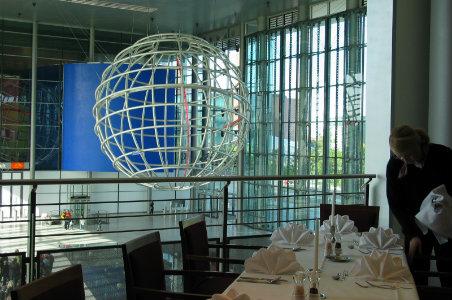
Autostadt (Car City) is a combination automotive theme park and museum, with separate buildings for each VW brand. Bentley and Lamborghini focus on their racing heritage, while the Czech brand Skoda focuses on Bohemian artwork and crystal. The main museum, ZeitHaus, includes everything from a rare 1957 Bugatti AC Atlantic to a 1959 Cadillac Eldorado Biarritz and a jewel-encrusted Beetle. With the recent merger of Porsche and Audi into the VW family, there also are pavilions showcasing their technology and design. Get behind the wheel to test your driving skills on an off-road track and a mini racetrack.
History: One hour from Berlin, historic Wolfsburg has preserved the original red brick factory built by Adolph Hitler in the 1930s to build affordable Beetles (Volkswagen translates as “people's car”). It's been turned into a space for concerts and art events.
Also to see: This is the world's only car factory with its own Ritz-Carlton, designed in the same open and airy architectural style as the rest of Autostadt.
Evelyn Kanter is a NYC-based travel and automotive journalist who loves merging her two specialties into a single article. A regular visitor to Germany, she updated several chapters of the latest edition of Fodor's Germany guidebook, including Stuttgart.
